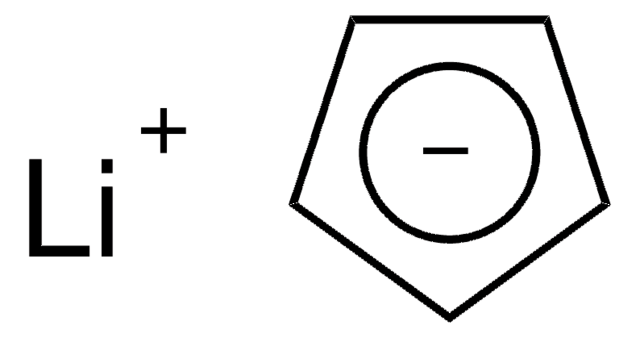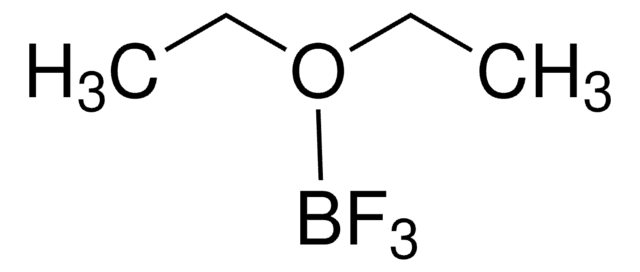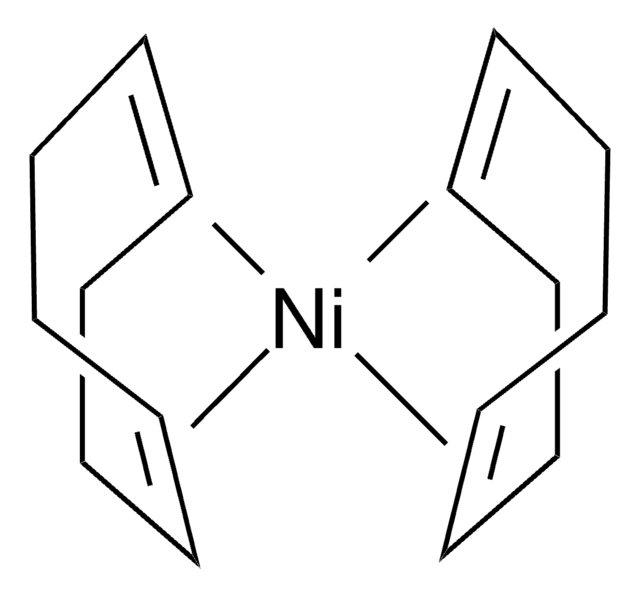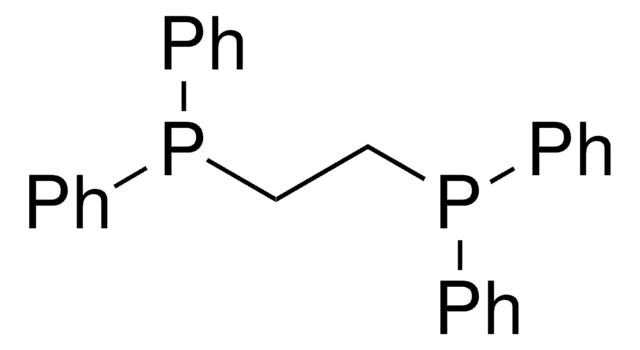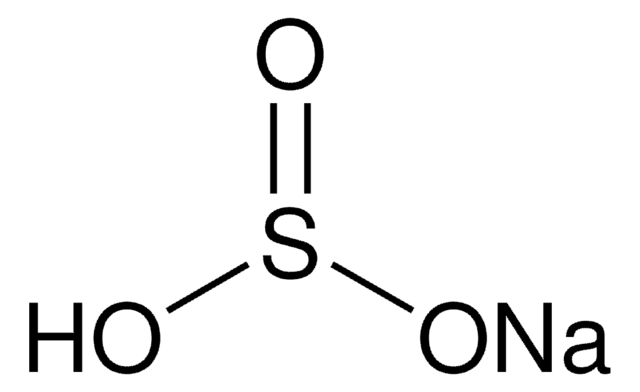ZRB2736
Anti-Granzyme B Antibody, clone 3M4 ZooMAb® Rabbit Monoclonal

recombinant, expressed in HEK 293 cells
Synonym(s):
EC:3.4.21.79;C11;CTLA-1;Cathepsin G-like 1;CTSGL1;Cytotoxic T-lymphocyte proteinase 2;Lymphocyte protease;Fragmentin-2;Granzyme-2;Human lymphocyte protein;HLP;SECT;T-cell serine protease 1-3E
About This Item
Recommended Products
biological source
rabbit
Quality Level
recombinant
expressed in HEK 293 cells
conjugate
unconjugated
antibody form
purified antibody
antibody product type
primary antibodies
clone
3M4, recombinant monoclonal
description
3M4 Clone
product line
ZooMAb® learn more
form
lyophilized
1 of 4
This Item | 61909 | 72998 | 68517 |
|---|---|---|---|
| suitability suitable for fluorescence | suitability suitable for fluorescence | suitability suitable for fluorescence | suitability suitable for fluorescence |
| form solid | form solid | form solid | form solid |
| assay ≥90.0% (HPLC) | assay ≥90.0% (HPLC) | assay ≥80.0% (HPCE) | assay ≥90% (HPLC) |
| Quality Level 100 | Quality Level 100 | Quality Level 100 | Quality Level 100 |
| storage temp. −20°C | storage temp. −20°C | storage temp. −20°C | storage temp. −20°C |
| product line BioReagent | product line BioReagent | product line BioReagent | product line - |
General description
Specificity
Immunogen
Application
Evaluated by Western Blotting with recombinant Human Granzyme B.
Western Blotting Analysis: A 1:1,000 dilution of this antibody detected recombinant Human Granzyme B.
Tested applications
Flow Cytometry Analysis: 1 μg from a representative lot detected Granzyme B in one million NK92 cells.
Affinity Binding Assay: A representative lot of this antibody bound recombinant human Granzyme B with a KD of 9.9 x 10-6 in an affinity binding assay.
Enzyme Immunoassay (ELISA) Analysis: A Serial of dilutions from a representative lot detected recombinant Human Granzyme B.
Note: Actual optimal working dilutions must be determined by end user as specimens, and experimental conditions may vary with the end user
Evaluated by Western Blotting with recombinant Human Granzyme B.
Western Blotting Analysis: A 1:1,000 dilution of this antibody detected recombinant Human Granzyme B.
Target description
Physical form
Reconstitution
Storage and Stability
Legal Information
Disclaimer
Not finding the right product?
Try our Product Selector Tool.
Storage Class
11 - Combustible Solids
wgk_germany
WGK 1
flash_point_f
Not applicable
flash_point_c
Not applicable
Choose from one of the most recent versions:
Certificates of Analysis (COA)
Don't see the Right Version?
If you require a particular version, you can look up a specific certificate by the Lot or Batch number.
Already Own This Product?
Find documentation for the products that you have recently purchased in the Document Library.
Customers Also Viewed
Our team of scientists has experience in all areas of research including Life Science, Material Science, Chemical Synthesis, Chromatography, Analytical and many others.
Contact Technical Service
